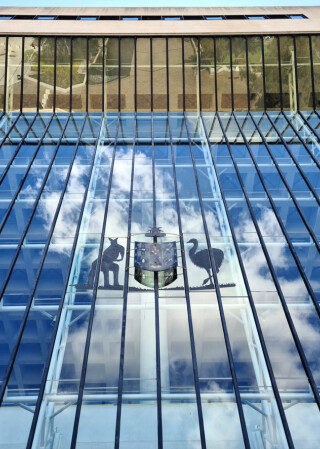
Court awards significant compensation for hospital bed collision
Compensation for hospital bed collision
The Plaintiff had a significant history of back pain, leading to his admission to Wollongong Private Hospital (“the hospital”) for spinal surgery. Prior to this admission, he underwent multiple surgeries on his back, none of which had alleviated his pain and discomfort.
The Plaintiff did not report any symptoms in his back or legs following the procedure. However, the following day when the Plaintiff was being transferred from the radiology department back to the intensive care unit by two registered nurses, his hospital bed collided with a wall. Subsequently, the Plaintiff reported experiencing pain and numbness in his left leg, and he was ultimately diagnosed with permanent nerve damage.
District Court Proceedings
The Plaintiff commenced proceedings in the NSW District Court seeking compensation for the permanent nerve damage sustained due to the hospital's negligence. The Court accepted the Plaintiff's evidence and determined that the hospital was indeed negligent, attributing his symptoms to the collision of the bed with the wall. As a result, the Plaintiff was awarded $583,711.00 in damages.
In reaching this conclusion, the Court acknowledged several key points:
1. There was a disagreement regarding the force of the collision, with differing versions of events from the Plaintiff and the two nurses. The Court determined that the force of the collision was significant, noting that the Plaintiff slid down the bed and tried to brace himself. His feet hit the end of the bed. There was a bang, and he felt a crack in his back.
2.The hospital was negligent. The Court commented that the risk of harm was foreseeable on the basis that the Plaintiff was required to be moved from the intensive care unit to another area of the hospital for scans, some fourteen hours after surgery. The Court concluded that a person in the Plaintiff’s position would be at risk of harm if the bed collided with the wall.
3. The Plaintiff's permanent nerve damage was caused by the collision of the hospital bed with the wall.
Supreme Court of Appeal
The hospital appealed the District Court's decision to the Supreme Court of Appeal where it was determined that the District Court Judge:
1. Did not make an error in accepting the Plaintiff’s version of events on the basis that it was consistent with the evidence given by the registered nurse who had been pushing the bed. It was noted that the evidence given by the other nurse (the nurse who was guiding the bed) was not consistent with other available evidence.
2. Did not make an error in finding that the hospital was negligent. It was reasonable for the District Court to accept that one of the nurses lost control of the bed, and as a result caused the bed to collide with the wall.
3. Did not make an error in finding that the Plaintiff’s symptoms were caused by the bed colliding with the wall. This was supported by extensive evidence.
It was held that the Court did make an error in assessing the Plaintiff’s entitlements to compensation, particularly to future medical expenses and past domestic assistance, on the basis that it was not supported by evidence. Accordingly, the amount of compensation which the Plaintiff was entitled to receive was reduced to $350,187.60.
This case emphasises the importance of diligence and caution in patient care, and highlights the potential consequences of even minor errors in attention to detail. It also raises questions about hospital protocols regarding patient transportation and the need for strict safety measures to prevent such incidents from occurring in the future.
If you have experienced poor care or treatment at a hospital resulting in injury, contact our Injury Compensation team today to discuss your potential entitlements.
The contents of this publication are for reference purposes only. This publication does not constitute legal advice and should not be relied upon as legal advice. Specific legal advice should always be sought separately before taking any action based on this publication.
Want to hear more from us?
Subscribe to our mailing list

